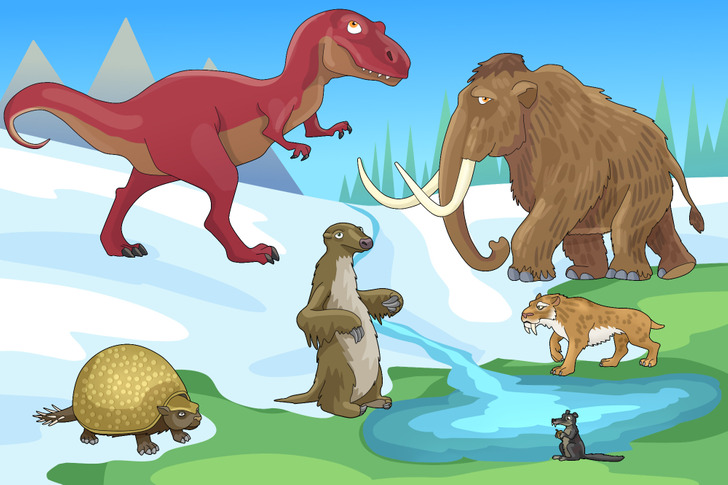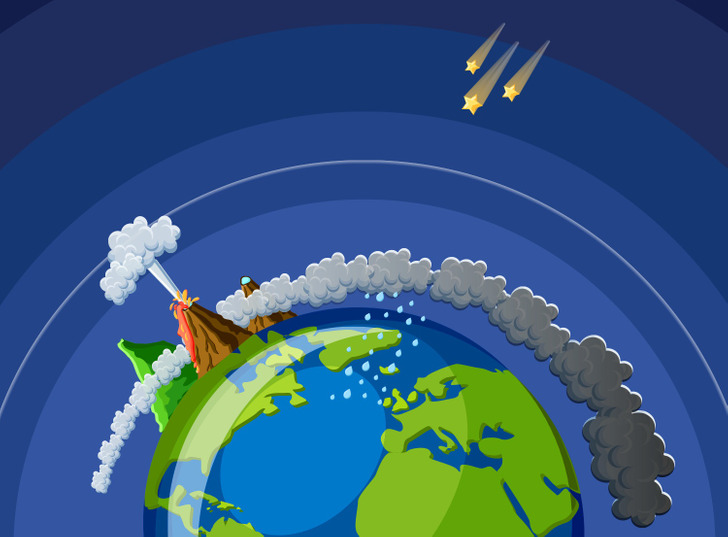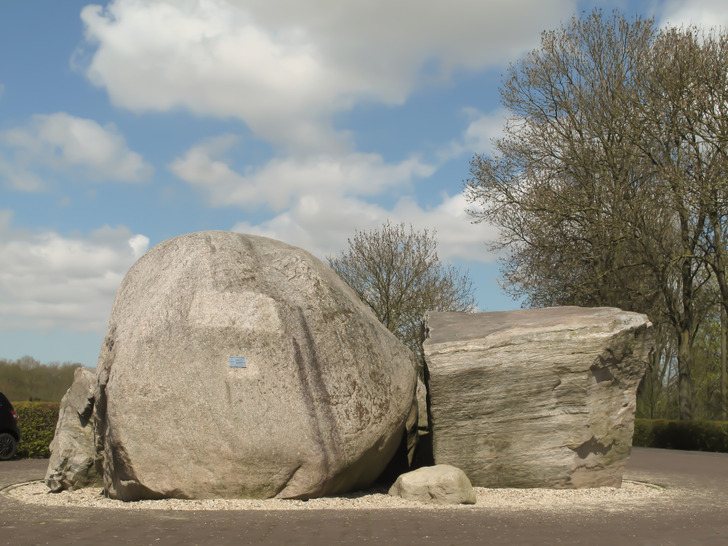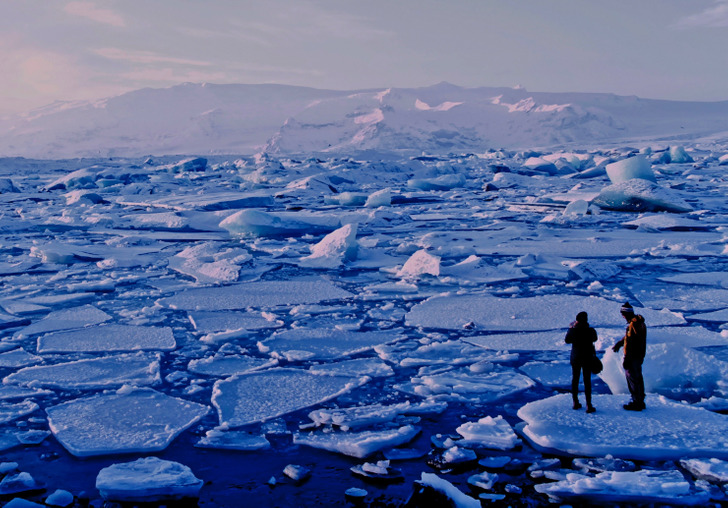A Guide to What an Ice Age Is and Why It Happens
Throughout history, a lot of things on our planet have changed. And the climate is no exception. When dinosaurs ruled the Earth, it was fairly warm: even in winter, the average temperature was 59°F, and it’s likely that no creature on the planet saw snow. So, why did everything change at some point?
5-Minute Crafts is going to tell you what an ice age is and how it affects the lives of everything that lives on our planet.
Ice Age Facts
An ice age is a long period of temperature reduction in the atmosphere of the Earth, resulting in the expansion of ice sheets. The climate on our planet has changed several times and cold periods when ice covered most of the world, have alternated with warmer periods when the ice melted.
The periods of cold climate last a long time, they are called glacial periods. They are replaced with shorter interglacial periods.

There have been multiple ice ages and they have a direct and indirect influence on the lives of the creatures on our planet. For example, the age of dinosaurs was during an interglacial period when it was warm. Dinosaurs started to go extinct a short time before the new ice age, so they didn’t get to see it.
But some animals adapted to the cold. During one such ice age, the Earth was inhabited by mammoths, giant ground sloths, saber-toothed tigers, glyptodonts, and most likely, even saber-toothed squirrels — animals that look like the character from the famous animated movie, Ice Age.
Today, we’re living during an interglacial period that started 20,000 years ago, during the Holocene, part of the quaternary glaciation, that is, in turn, part of the Cenozoic Era which started 66 million years ago.
Why an ice age happens
It’s not entirely clear what the reasons for an ice age are. But scientists think that there are several possible factors:
- Atmosphere composition (the concentration of methane and carbon dioxide)
- Changes in the Earth’s axis and orbit relative to the Sun
- Tectonic plate motion
- Solar activity changes
- Volcanism
- Continental changes
- Big meteorites
- The relation between the orbits of the Earth and the Moon
How do we know an ice age happened
There is a lot of evidence that shows us that ice ages happened.
- Geological evidence
Example: Erratic rocks that moved around thanks to the ice melting. This is how the rocks from the photo above went from Norway to the Netherlands.
- Chemical evidence
Evidence: Variations in the ratios of isotopes in fossils present in sediments. They help scientists find out the age of the ice and analyze the air bubbles from them to learn more about the atmosphere on the planet that was there in the past.
- Paleontological evidence
Example: Changes in the geographical distribution of fossils. Organisms that prefer warmer regions go extinct or move to the lower altitudes.
How long we have until the next ice age and what will happen to humans
When the ice on our planet melts, a new ice age will begin. Recent studies show that it might happen in around 100,000 thousand years because of the CO2 emissions getting into the atmosphere and heating it.
It’s hard to predict how we will deal with this kind of climate. In the past, when there was a cold and dry climate, humans almost completely disappeared from the face of the Earth — the Homo sapiens population shrank so much that only a few thousand people survived. All modern people evolved from that small group, which is why our species have less genetic diversity than chimpanzees.
When it happened before, we were able to survive the cold climate, but can we do it again? Many people think that animals and plants will adapt to the climate change, but that may not be true because the speed of the changes happening today is way too fast. Around 35% of the organisms that exist today will be extinct by 2050. Food sources will become scarce and people will have to prove to nature that they can deal with extreme conditions.


